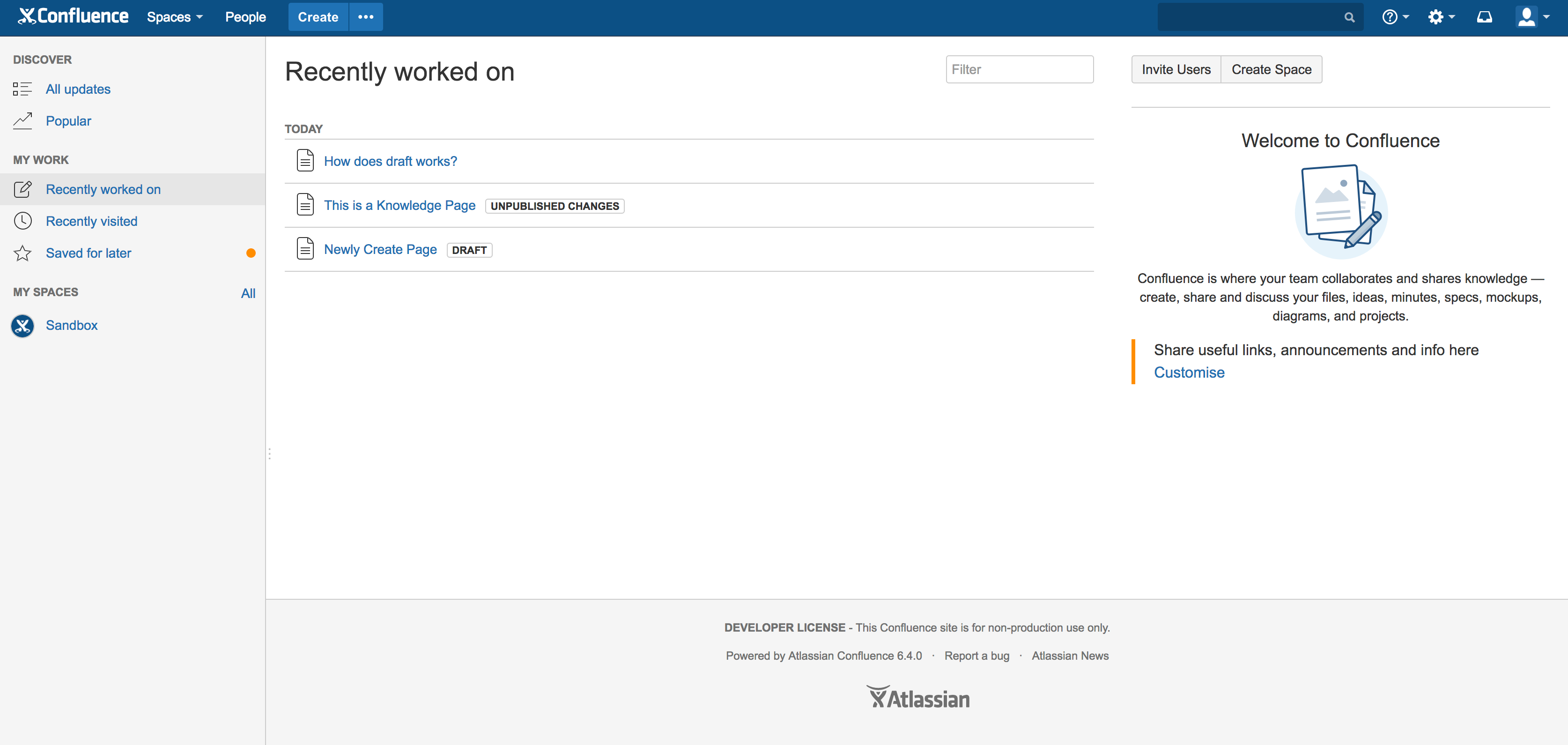
services like Evernote, Trello, Google Docs, Dropbox Paper, Quip, Word, and Confluence, among others, either from HTML, CSV, or text files. People also have the option to import content from services. Then choose how to share it with others or the organizations you work with, such as view-only mode or allow others to edit your content. Just like how Google Drive works, you can create links to individual pages in your Workspace. For example, you can set up a rule that forwards your Notes reminders straight to Slack so you can get push notifications when you’re out and about. This allows you to connect your Workspace to a tool like Zapier, which will allow you to create workflows. So the value you get when you sign up for the Personal Pro version is totally worth it.īest of all, Notion has opened its API (currently in public beta) to all customers, regardless of whether they have a free Personal membership or a paid Personal Pro account.

Storing that same amount of data in Dropbox will set you back $10 per month. You can upload 2TB or more files tomorrow at no extra charge. clean their house, clear blocks to create new blocks, or enter their credit card number to upgrade to a Premium Pro membership.įor $4 per month, you can store as many files as you want on Notion’s servers, which you can access from anywhere, on any device, at any time. This leaves users with no choice but to clean up.

Until May 2020, the free Personal subscription accounts are limited to adding documents, tasks, attachments, etc. Unlike Evernote, you can access it on all your smartphones, tablets, and computers in your home, at work, and everywhere else, without having to hand over a dime. If you don’t have to upload too large files and store too much information, you can absolutely use this free version. However, it is limited to 5MB and is not allowed by Notion to store your previous changes. Notion offers a free version for Individual subscriptions when they simply want to reorganize their lives.


 0 kommentar(er)
0 kommentar(er)
